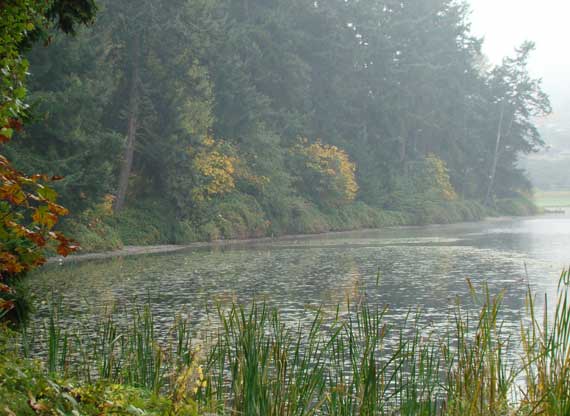Musings
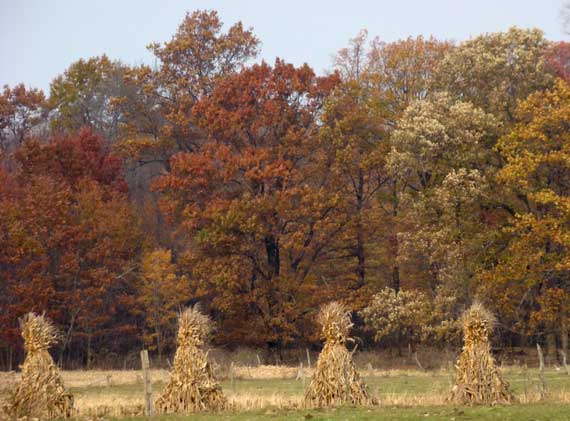
Today we cruised through an area in Ohio where Amish farmers continue the old labor-intensive ways. I had to search my memory for the name of these harvest constructions of corn stalks bound together to dry in the field. First I could only think of shucks, but that’s the name of the dried husks, sometimes used to wrap tamales. The word is similar, hence my confusion. It’s shocks.
Posted at 11:22 PM |
Comments Off on Maize vocab
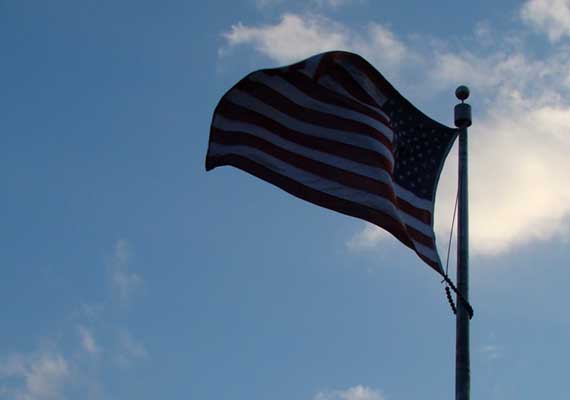
Here’s recognition of Veteran’s Day coming later this week….
Our word veteran is from the early 16th century French vétéran or Latin veteranus, from vetus ‘old.’ FYI
BTW, should I have flipped this image? This is the way I shot it, but it seems to me that most unfurled flag pictures I remember portray the flagpole to the left and the flapping flag to the right. Does this look a bit backward to you?
Posted at 11:22 PM |
Comments Off on Recognition image

Washoe is sine qua non in intro anthro classes. Beginning in the late 1960s, her handlers taught her signs, and she used the 130 or so she learned both spontaneously and reactively. This proved that other primates could use language, albeit without vocalization.
Posted at 8:28 AM |
Comments Off on RIP Washoe

Usually, I try to take a few minutes each day to peruse the news online, just to keep up with current events (as we were taught in junior high). Now, the WashPost reports there’s a web page, Brijit, that distills the best of the best (depending on your point of view) of the latest news stories. With their wee abstracts, they offer more than a simple RSS feed with a few lines of text.
The trouble, of course, is whether their idea of “good stuff” matches yours or not. And, I guess, how fast you can scan/speed read to discover what you think is important/relevant/interesting….
Roughly each week I consult Arts & Letters Daily, which also digests, but not the whole spectrum of topics….
Maybe if I augment my usual browse with ALD and Brijit I’ll stay current?
And remind me again why knowing current events are important? Why I shouldn’t do the ostrich thing?
Posted at 5:11 PM |
1 Comment »

Feathers are gorgeous; no wonder they’ve been used for millennia by people for adornment.
Probably I’m too cynical too much of the time, but tell me, there’re objects placed in rooms, like living rooms, by designers and those who fancy themselves as designers, which are called “conversation pieces.” Now tell me, have you ever conversed about one of these conversation pieces? C’mon, without sarcasm. Truly?
I subscribe to the standard Midwestern terminology—“dust catcher,” which makes far more sense.
My kinda conversation piece…
An estimated 25% of the nation’s baking soda is used as antacid for livestock.
That’s from a web site that seems legitimate, but maybe not (here’s the book he’s citing from…). I assume he means the non-organic livestock biz.
Oooh. Lemme get back to Michael Pollan’s Omnivore’s Dilemma, where I’m sure I’ll find out more scary stuff about the food I have been merrily eating, which will spur me to make some changes in my diet, which means I’ll have to read more labels at the groc store or even contemplate finding a sunny space for a veggie garden (tough on our lot).
…’cause reading’s more fun than cleaning dust catchers!
Posted at 4:24 PM |
Comments Off on Conversation pieces
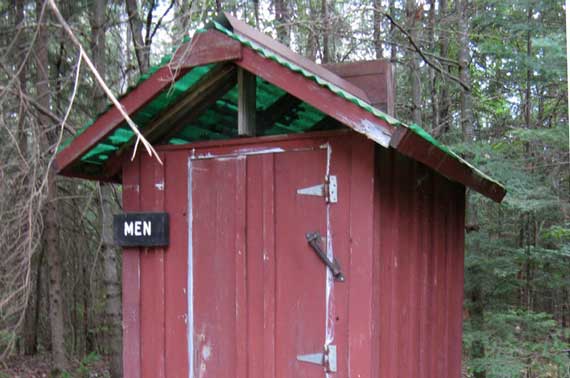
Dragon.
Draconian.
“Dragon” comes to English via Latin from Greek drakōn, meaning ‘serpent,’ according to my Mac-dictionary.
Draco was a 7th century BC Athenian with a penchant for imposing the death penalty for even trivial crimes, hence our “draconian,” for harsh or severe.
And a Harry Potter character, of course.
Posted at 10:22 PM |
Comments Off on Etymology—dragon

So cute, this scenario outside a veterinary hospital….
Meanwhile, we’re undergoing a rain of acorns when we need a rain of rain.
Posted at 8:27 PM |
2 Comments »
1. What do you call a grizzly bear with no teeth?
2. Why did the tiger eat the tightrope walker?
Humor from a 6 year old….
1. A gummy bear.
2. He wanted a balanced meal.
Posted at 6:09 PM |
2 Comments »
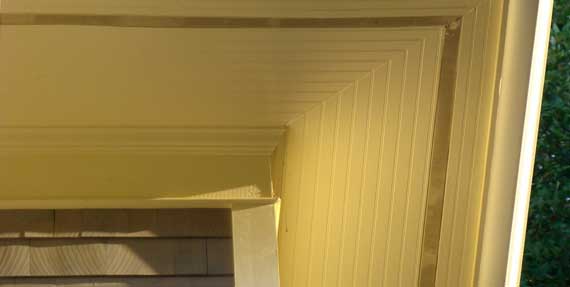
Most of the new construction in our neighborhood shows someone (perhaps mostly the planning commission?) has made a serious attempt at fitting in with the architectural style. Love the soffits.
Well, as long as I don’t have to paint/maintain them!
Posted at 10:22 PM |
Comments Off on Soffit splendor
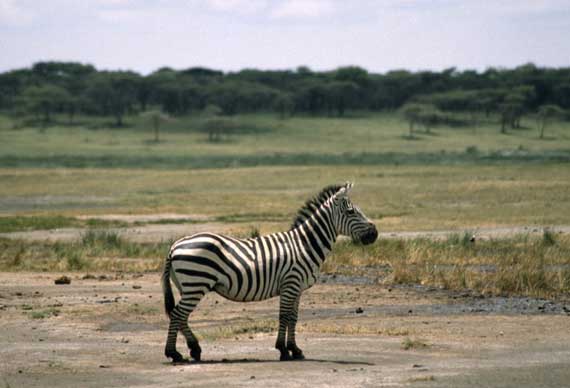
Yeah, I know; this is not a horse. But it’s the closest I had….
While browsing tables of contents for issues of the International Journal of Historical Archaeology, I ran into this term: horselads.
The term harks back to the days of horse-farming in rural Britain, and to the social hierarchy on rural farms (those Brits!). Horselads were at the bottom, while still valued for their knowledge of work horses, although they were assigned other menial field labor. The horselads received room and board as part of their compensation, in part because the farms were relatively isolated, or at least by keeping horselads resident on the farms their labor was assured.
Horselads could be recognized by their by their distinctive dress at the hiring fairs where they looked for their next position—they moved each year—while striving to move up the hierarchy.
Because of their low status, annually fluid employment situation, and the way written history (even modern history) is generated, little directly from horselads has made it into records. Giles and Giles opted to examine the graffiti in barns where horselads lived and worked to obtain insights into their lives.
Conclusions: horselads wrote about sex and the ladies, they glamorized themselves, they recorded song lyrics, they wrote about hardships (extreme weather, boredom), and they drew pictures (mostly line drawings) on the same subjects (especially the first).
I wondered if the horselads are in the direct social ancestry of North America’s western cowboys, but these British researchers do not address this point.
Posted at 10:22 PM |
2 Comments »







